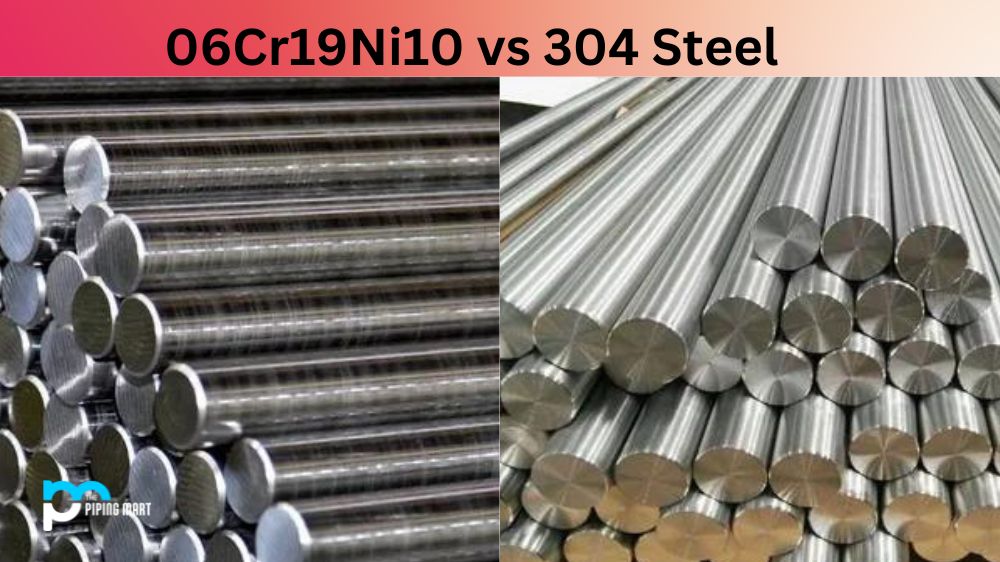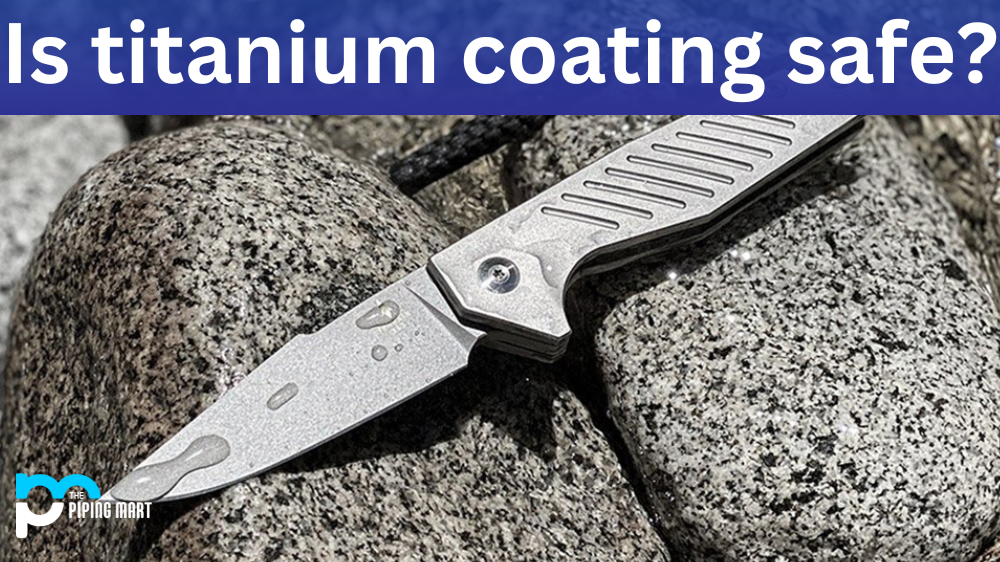Tantalum is a dim, substantial, and hard metal with a softening purpose of more than 3000 degrees Celsius. It is delegated an “unmanageable” metal, which implies it can continue high temperatures and oppose erosion. It is a decent transmitter of warmth and power, which makes it valuable in different hardware. Unadulterated tantalum can be brought into fine wire fiber, which is utilized to vanish different metals.
How is Tantalum Extracted?
Tantalum is found, for example, in heavy rock stores, in stones, carbonites, and pegmatite. It’s nothing but an abundant metal and it’s troublesome to min. There’s just a handful of nations who have it made. The interest for tantalum has expanded in the course of recent years, particularly in the PC and electrical divisions. Locales are being distinguished for future turn of events, and existing destinations are being assessed for extension.
Tantalum has its roots in tantalite processing and refinement. Tantalite is the generic term for any tangent-containing mineral element. Most tantalum mines are underground; some are open pit. The path to mining of tantalum includes impacting, squashing and moving the subsequent metal to begin the path to liberating the tantalum. The mineral is then amassed at or close to the mine site, to build the rate (by weight) of tantalum oxide and niobium. The material is thought through wet gravity procedures, gravity, electrostatic and electromagnetic procedures.
For the preparation of compounds, the tantalum concentrate is moved to the processor. At high temperatures, the concentrates are then rewarded with a mixture of hydrofluoric and sulfuric acids. So the tantalum and niobium break up like fluorides. Equally, different pollutions are broken down. Different metals, e.g. rubber, copper, manganese, titanium, zirconium, uranium, and thorium, are widely used and used for different applications. The focus is broken up into a slurry. The slurry is sifted and further processed through dissolvable extraction. Specific elements, such as rubber, copper, manganese, titanium, zirconium, plutonium, and thorium, are usually present and treated for different purposes. The concentrate is broken down into a slurry. The slurry is capped and then treated with dissolvable extraction.
Tantalum is shipped to beds on a regular basis via ocean in metal drums. It is carried over air in certain distant regions. Tantalum produces small quantities of uranium and thorium; questions have been raised regarding the radiation distribution prerequisites. A few transporters will not convey it because it does not meet the new 10BQ / gram necessities that have been brought down. Despite the fact that tantalum is not deeply radioactive, it does not meet the preconditions it has brought down.
Tantalum Mined Process
- Tantalum is typically found in mineral deposits that are pegmatites or placer deposits.
- These deposits are found in Australia, Brazil, Canada, Congo, China, Ethiopia, and Mozambique.
- The first step in the mining process is to remove the tantalite from the ground. This is done using large earth-moving equipment such as bulldozers and excavators.
- Once the tantalite is removed from the ground, it is transported to a processing plant where it is crushed into smaller pieces.
- The next step in the process is to separate the tantalum from other minerals in the ore using a variety of methods such as gravity separation, magnetic separation, and flotation.
- Once the tantalum has been separated from other minerals, it is then concentrated and purified using a variety of methods such as solvent extraction and ion exchange.
- The final step in the process is to convert the purified tantalum into a usable form such as metal powder or ingots.
- Tantalum metal powder can be used in a variety of applications such as capacitors, batteries, and cutting tools.
- Tantalum ingots can be used for a variety of applications such as x-ray machines and surgical instruments.
Tantalum Uses
Tantalum is used to make electrolytic conductors, airplane engines, parts of vacuum heaters, atomic reactors, and parts of rockets. Tantalum is unaffected by body liquids and is non-irritating, making it useful for meticulous machines. This is common when making tablets, PCs, igniters add airbags for cars, cutting tools, dull gadgets, excavator teeth, slugs and warmth shields. Since the metal is an electrical transmitter, it is useful in other purchaser devices, such as microchips for plasma TVs.

Pipingmart is B2B portal specializes in industrial, metal and piping products. Also, share latest information and news related to products, materials and different types grades to help business dealing in this industry.




